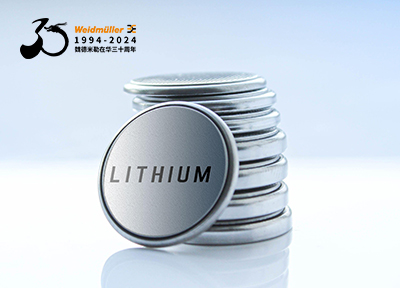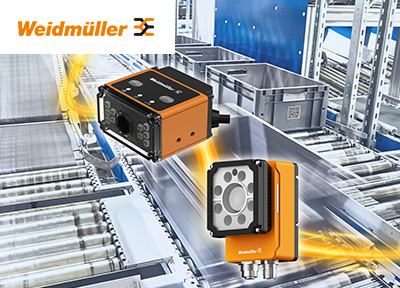Energy-Efficient Motors Deliver Savings AT A GLANCE Why target electric motors for energy efficiency? They account for a dominant portion of electric energy consumed by industry—as well as a substantial share of total electricity used in developed nations. For the U.S., estimates by the Department of Energy (DOE) are as much as 63% industrial usage and 25% total usage (see more figures in Online Extra article). While focus is on motors hereCONTROL ENGINEERING China版权所有, concern for energy eff
Initial cost can blur much higher product lifecycle cost. Industrial electric motors represent a classic example, since 97-98% of their lifetime operating cost is attributed to electric energy charges. Yet motors are not typically purchased with efficiency in mind.
Control Engineering
ncy
In simplest terms, energy-efficient electric motors are high-quality versions of standard motor products. They pack more of 'active' electric materials (steel laminations and copper) into essentially the same physical package—hence carry a price tag 15-30% higher than their less-efficient cousins. That's a premium often worth paying控制工程网版权所有, with electricity charges taking nearly all of many motors' lifetime operating cost.
The purchasing process for electric motors tends to mask true lifecycle cost. Since lower procurement price is the goal of most purchasing departments, buying less costly and lower efficiency motors seems attractive at firstCONTROL ENGINEERING China版权所有, without attention to huge operating expenses that accrue over a long product life. Such costs are well understood by plant engineers and maintenance personnel控制工程网版权所有, yet they're not typically involved in what's purchased. Also, company business climate can dictate minimum spending控制工程网版权所有, just to keep the plant running. Top management and purchasing people need to become more aware of the impact of equipment efficiency on business.
 用户中心
用户中心
-
 子站
子站 -
 技术
技术 -
 社区
社区
Energy-Efficient Motors Deliver Savings
2005.12.05阅读 8059
版权声明:版权归控制工程网所有,转载请注明出处!
继续阅读
图说工控
更多+
燃情自动化——2017北京国际工业智能及自动化…
2017年05月18日
探秘“数字化工厂”
2016年07月18日
迈向工业4.0——西门子引领数字化企业进程
2016年07月18日
"智·变 赢未来",PHIIDF 2016燃情北京!
2016年06月01日ABB自动化世界2016闪耀武汉 展示“物联网+”领先…
2016年05月24日

 在线会议
在线会议 论坛
论坛 专题
专题 工控直播
工控直播 新闻中心
新闻中心 子站
子站 技术
技术 社区
社区



 IDEC HR8S系列新一代安全继电器有奖试用活动
IDEC HR8S系列新一代安全继电器有奖试用活动 2025(第二十一届)年度最佳产品奖有奖投票中
2025(第二十一届)年度最佳产品奖有奖投票中 AVEVA剑维软件食品饮料行业白皮书有奖下载
AVEVA剑维软件食品饮料行业白皮书有奖下载 立即有奖下载TE重载连接器选型指南
立即有奖下载TE重载连接器选型指南 2025(第十四届)全球自动化和制造主题峰会
2025(第十四届)全球自动化和制造主题峰会



























